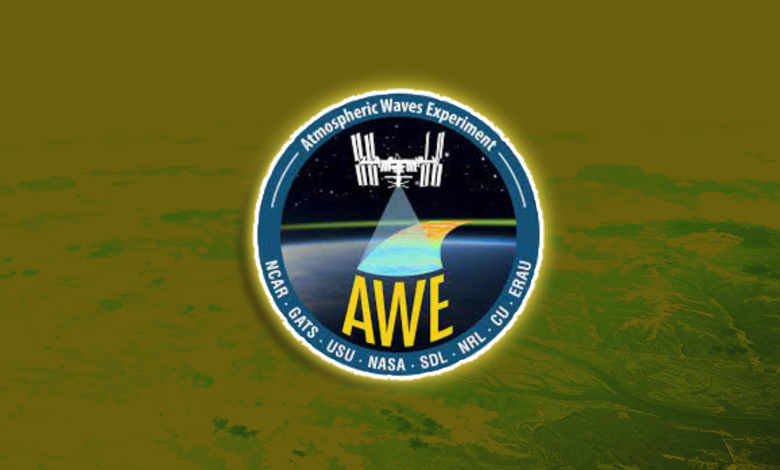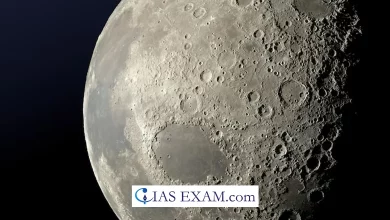Daily Current Affairs for UPSC
Atmospheric Waves Experiment (AWE)
Syllabus- Science and Technology [GS Paper-3]

Context- The National Aeronautics and Space Administration (NASA) plans to launch an Atmospheric Waves Experiment (AWE) that will study the interaction between Earth and space weather.
Space Weather
- It describes the change in the space environment between the sun and the earth.
- It is created by activity on the surface of the Sun.
- Space weather directly affects critical facilities on Earth, such as satellite-based communications, radio communications, and spacecraft orbits or stations, affecting the smooth operation of navigation and global positioning systems (GPS) and power grids. .
- NASA’s Atmospheric Waves Experiment (AWE) studies atmospheric gravitational waves to understand the flow of energy through the Earth’s upper atmosphere and into space.
What is a gravitational wave?
- There are several types of waves in the atmosphere that travel both horizontally and vertically.
- Atmospheric gravity waves (AGW) are one such vertical wave.
- They are most often caused by extreme weather or a sudden disturbance that results in a vertical displacement of stable air.
- A stable atmosphere plays an important role in the generation of gravity waves, that is, when the atmosphere is stable, the temperature difference between the rising air and the atmosphere creates a force that pushes this air back to its original position.
- The air rises and falls continuously, creating a wave-like pattern.
What is the Atmospheric Wave Experiment (AWE)?
- AWE was created as part of NASA’s Heliophysics Explorers program to study the connections between how waves in the lower atmosphere affect the upper atmosphere and thus space weather.
- It will be launched and installed on the International Space Station (ISS) orbiting outside the Earth.
- From the vantage point, it looks down on Earth and catches the colorful streaks of light commonly known as skyglow.
- AWE measures the air brightness during the mesopause (about 85-87 km above the ground), when the air temperature drops to minus 100 degrees Celsius.
How does AWE work?
- AWE performs targeted mapping of colored airglow in the Earth’s atmosphere. AWE’s Advanced Mesospheric Temperature Mapper (ATMT) scans or maps the mesopause.
- Using four identical telescopes containing an imaging radiometer, the brightness of light at specific wavelengths is obtained.
- The data can then be converted into a temperature map, which can reveal the movement of the atmosphere and ultimately provide clues about its role in the upper atmosphere and space weather.
What is an airglow?
- It is the weak luminescence of the upper atmosphere of the Earth, caused by the selective absorption of the ultraviolet and X-rays of the sun by air molecules and atoms.
- Most of the aurora comes from an area between about 50 and 300 km above the ground, with the brightest area concentrated at about 97 km.
Source: Indian Express





.png)



